Software
IDFix – Analytical software for acquisition, display and evaluation of EDX systems
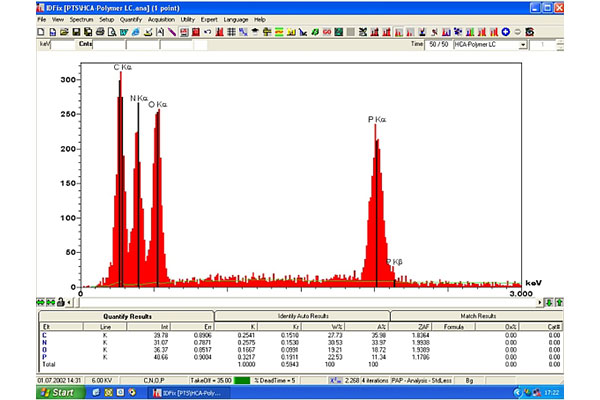
Specifications:
- Automatic and manual element identification
- Easy to use, clearly laid out and enables quick achievement of results
- Analysis with and without standard or pseudo standard
- Correction methods XPP, PAP, ZAF
- Consideration of coatings
- Analysis by Stöcheometrie
- Quantitative analysis for TEM
- Quantitative live analysis
- Automatic HTML and Word report
- Spectrum can be saved as WMF format
IDFix spectrum acquisition is based on the NumeriX digital pulse processor with 8192 channels. IDFix includes software and hardware interface to MaxView , HiMax and DISS5 programs for distribution images and linescans , qualitative and
IDFix – Report
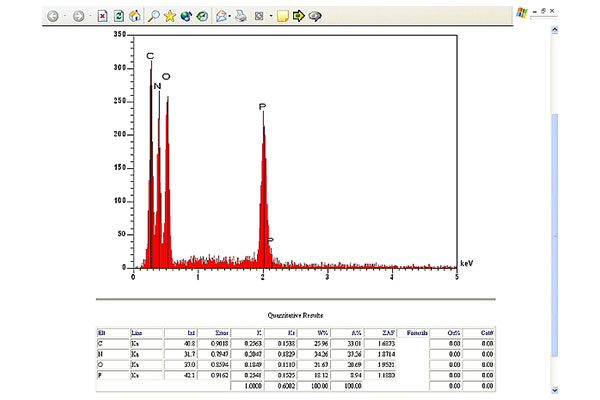
Abb. zeigt HTML-Report

Abb. zeigt WORD-Report
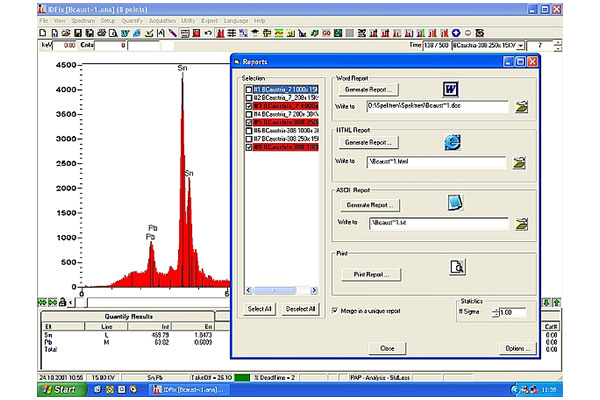
Abb. zeigt Multi-Report
The various documentation options allow a quick and clear printout or the creation of a detailed WORD report. Furthermore, the data can be saved as ASCII file or in HTML format (see picture 1) Spectra and the associated quantitative evaluations can be printed directly from the program.
By means of a hot key the displayed WORD report (see picture 2) is created; each user can adapt it according to his own requirement.
The MULTI report (see picture 3) is created individually; here again the options of the detailed WORD report, ASCII or HTML format are available.
IDFix – NumeriX
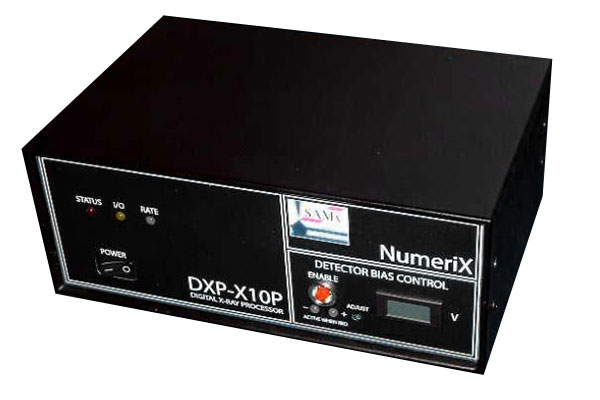
Specifications:
- Digital pulse processor system and includes the multichannel analyzer with 8192 channels as well as the voltage and high voltage supply for the EDX detector
- Processing of high-count rates with acceptable dead times
- Almost compatible with all EDX detectors
- Suitable for the modernization of older EDX devices
STRATAGem – The ultimate shift analysis program
Specifications:
- Calculation of layer thicknesses and their composition (one or more layers can be calculated)
- Calculation of the substrate composition
- Measurement of intensity ratio between unknown layer thicknesses and standard (EDX or WDX)
- Direct import of the measured values (Ix Istd ) for one or more high voltages into the program
STRATAGem – Calculation of the following graphics
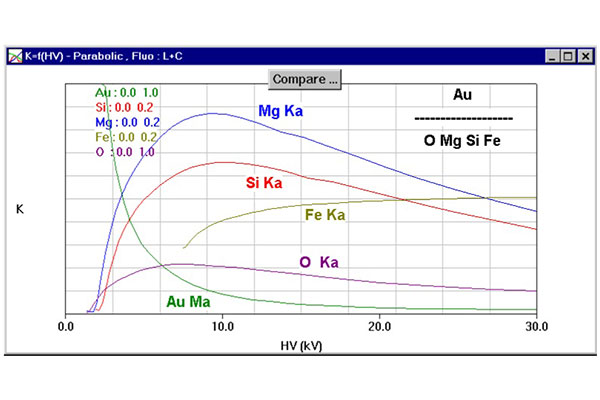
Intensity via excitation voltage (picture 1)
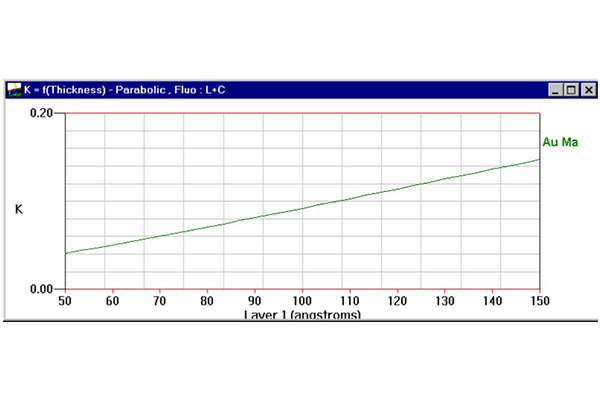
Intensity via maximum ionization potential (picture 2)

Intensity over layer thickness
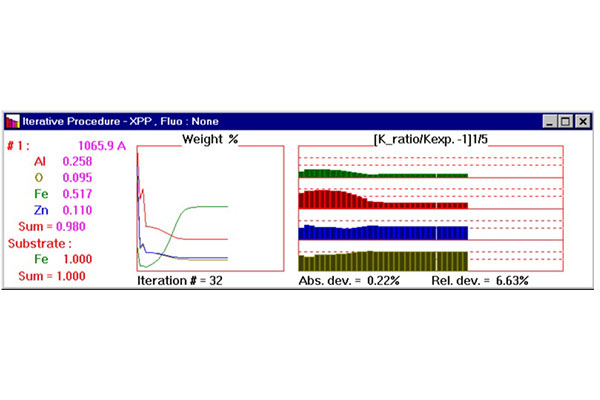
Iteration steps with associated error information
STRATAGem – can include two X ray lines per element in the calculation.
The lower-energy line for calculating the composition of the top layer, the higher-energy line is used for determining the layer thickness. It is also possible to use different standards at different excitation voltages for one element.
DISS5 – The active image acquisition and editing system
Suitable for
- Scanning electron microscopes
- Scanning transmission electron microscopes
- Electron beam microprobes Ion probes
Specifications image acquisition:
- USB 2.0 interface for command and data transfer
- Drivers for Windows 2000 – Windows 7
- Active scan generator
- Max. 16483 x 16483 pixels, free image format
- 4 x 12bit D/A converters for analog image signals
- 12 x 16bit counter for mapping
- Live image with 15 frames/sec. at 512 x 512 pixels
- Simultaneous acquisition of all image signals
- Up to 32000x oversampling for noise-free images
- Lineaveraging , Frameveraging
- ReducedArea Scan with zoom function for focusing and astigmatism correction
- Entire system can be calibrated by software for each SEM
- Trigger inputs and clock outputs for point, line and image
- Synchronization of the slow scan to mains frequency
- Signal monitor to control the image signals
Specifications image editing:
- Compatible with Windows 2000 – Windows 7
- Image browser
- Open images of the formats TIFF, Bitmap
- Saving images of TIFF, bitmap and JPEG formats
- Saving image data, calibration, point and line scan data in the image
- Auto memory function
- Layout function for capturing and saving related images
- Printing of single images or layouts with different zoom
- Cutting out sections of the image
- Measuring function for lengths, angles and radius
- Labeling in image
- Configurable caption with micron marker and parameter
- False color display of images and image blending function
- Brightness, contrast, histogram function and configurable matrix filter
- Context sensitive online help
- As an option equidensite display with determination of area fractions Data export of point and line scan data, measurement data as *xls , *html, *txt phase analysis
All functions of these devices remain after the DISS installation. The external DISS5 electronics generate the X and Y deflection voltages, digitize the analog image signals (SE, RE, KL) and/or count the pulses of an EDX or WDX system to generate elemental distribution images or concentration profiles.
The digitized images can be processed, labeled, measured, printed and stored.
